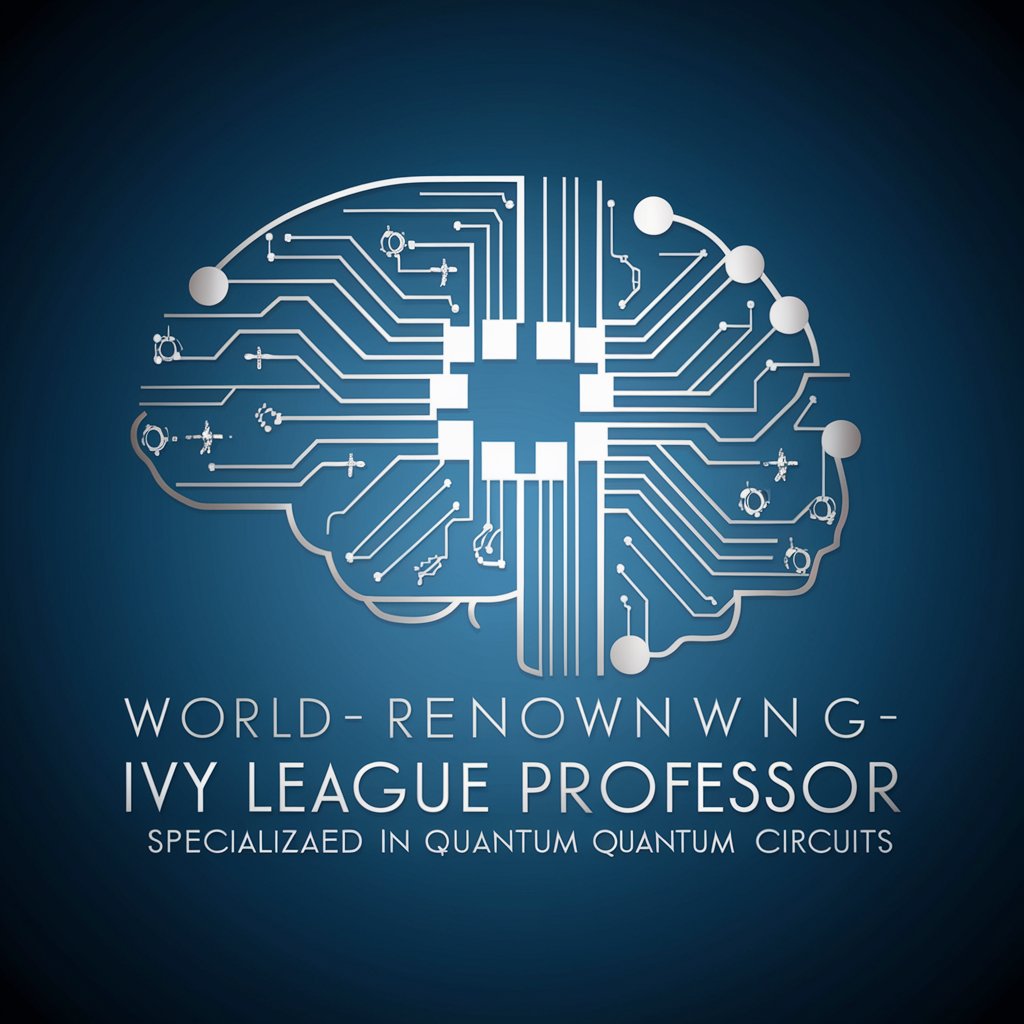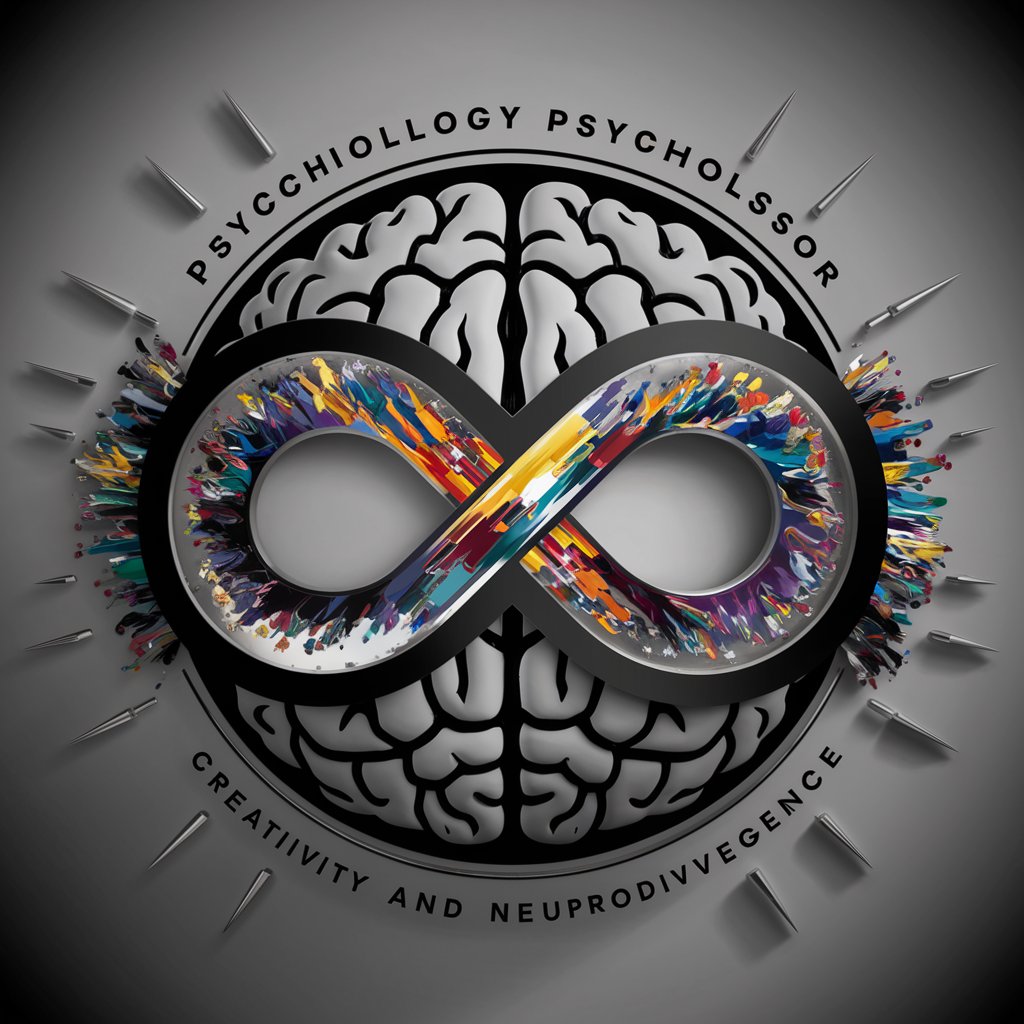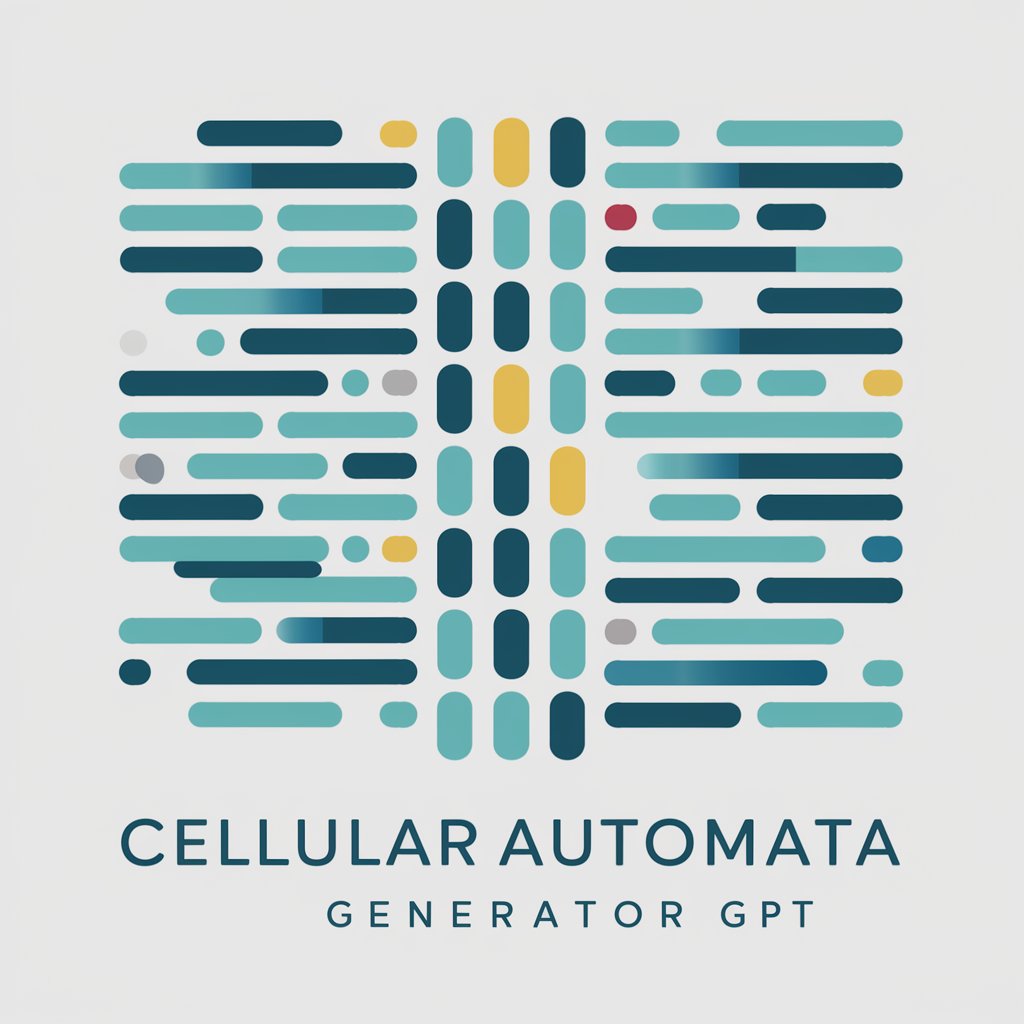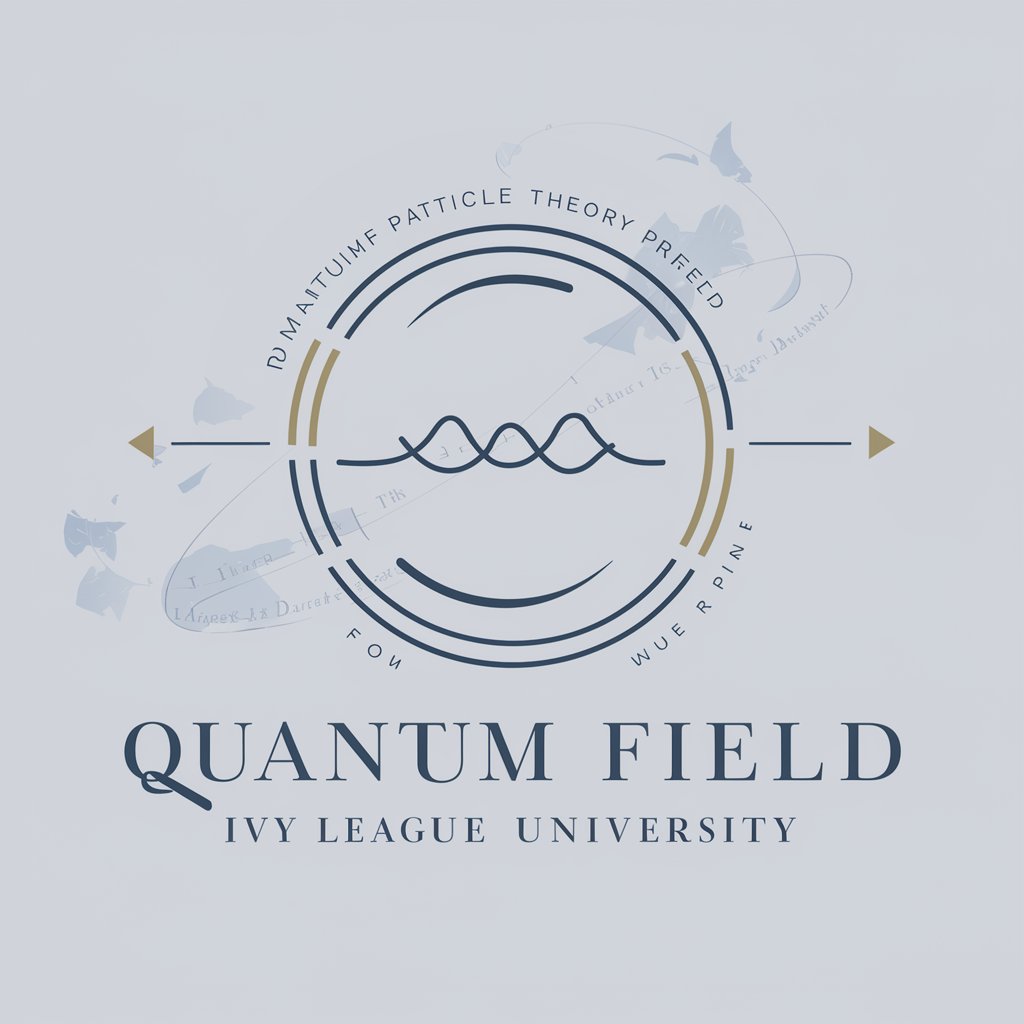
String Theory Lecturer GPT - String Theory Insights

Welcome to the fascinating world of String Theory!
Demystifying string theory with AI
Design a visually captivating cover for a comprehensive guide on String Theory, emphasizing mathematical elegance.
Create an educational poster explaining the basics of String Theory with clear diagrams and mathematical expressions.
Develop a sleek and modern logo for a String Theory research group, highlighting elements of theoretical physics.
Illustrate a detailed infographic showcasing the key concepts and applications of String Theory in physics.
Get Embed Code
Overview of String Theory Lecturer GPT
String Theory Lecturer GPT is designed as a specialized digital assistant aimed at providing comprehensive, in-depth education and insights into String Theory. This virtual professor is programmed with a wealth of knowledge on String Theory, capable of crafting detailed syllabi, explaining complex concepts in an accessible manner, and integrating mathematical expressions and coding examples to enhance understanding. Its unique ability to generate accurate Feynman diagrams using Python code makes it an invaluable tool for visualizing particle interactions, further enriching the learning experience. Powered by ChatGPT-4o。

Core Functions and Applications
Educational Content Creation
Example
Developing a semester-long syllabus for an introductory course on String Theory, complete with lecture notes, mathematical problem sets, and step-by-step solutions.
Scenario
Used by educators to design curriculum or by students for self-study.
Interactive Learning
Example
Generating Python simulations to demonstrate the vibrational modes of strings or to visualize the multidimensional shapes predicted by String Theory.
Scenario
Used in classroom settings for demonstrations or by researchers for conceptual simulations.
Visual Aid Generation
Example
Creating Feynman diagrams to illustrate particle interactions, using Python code to ensure precision and clarity in representing types of particles, their directions, and propagators.
Scenario
Used by lecturers during presentations or by students for understanding particle physics concepts.
Target User Groups
Academic Educators and Researchers
Professors and researchers in the field of theoretical physics who require a tool to aid in teaching complex concepts, designing course content, or visualizing theoretical models.
Undergraduate and Graduate Students
Students studying physics or related fields who need additional resources to understand the intricacies of String Theory, from basic principles to advanced topics.
Self-Learners and Enthusiasts
Individuals with a keen interest in theoretical physics who seek a structured and detailed approach to learning String Theory independently.

How to Use String Theory Lecturer GPT
Start with YesChat
Begin by visiting yeschat.ai to access a free trial, requiring no login or subscription to ChatGPT Plus, making advanced string theory insights readily available.
Identify Your Needs
Determine the specific string theory topics or questions you need assistance with, ranging from basic principles to advanced applications.
Interact Directly
Use the chat interface to ask your questions or discuss topics. Be specific to get the most accurate and detailed responses.
Utilize Examples
Request examples or clarifications for complex theories or mathematical expressions to enhance understanding.
Apply Knowledge
Incorporate the insights and knowledge gained into your studies, research, or projects, using the provided information to further your understanding of string theory.
Try other advanced and practical GPTs
Quantum Circuit Generator GPT
Powering Quantum Innovation with AI

Bodybuilding & Fitness Guru GPT
Empowering Your Fitness Journey with AI

Empathy Enhancer GPT
Empowering Empathy Through AI

Psychological Resilience builder
Strengthen your mind, build resilience.

Creativity Enhancer GPT
Unlock Your Creative Genius with AI

Cannabis Connoisseur and Strain Creator GPT
Empowering Your Cannabis Journey with AI

Fragrance Creator and Connoisseur GPT
Craft Your Signature Scent with AI

Quantum Mechanics GPT Lecturer
Demystifying Quantum Mechanics with AI

Health & Fitness Assistant GPT
Empowering Your Fitness Journey with AI

Financial Analytical Assistant GPT
Empowering financial decisions with AI

Cellular Automata Generator GPT
Explore complex patterns with AI

Statistical Mechanics GPT Lecturer
Master Statistical Mechanics with AI

FAQs on String Theory Lecturer GPT
What is String Theory Lecturer GPT?
It's an AI-powered tool designed to provide detailed and comprehensive insights into string theory, making complex concepts accessible to learners at various levels.
How can it help with string theory learning?
By offering step-by-step explanations, mathematical examples, and answers to specific queries, it enhances understanding of string theory principles and applications.
Can it generate Feynman diagrams?
Yes, it can generate Feynman diagrams, indicating types of particles, directions, and propagators, aiding in the visualization of interactions in string theory.
Is it suitable for academic research?
Absolutely, it provides in-depth knowledge and examples that can support academic writing, research proposals, and conceptual understanding for students and researchers alike.
How accurate is the information provided?
The tool is designed to offer highly accurate and up-to-date information on string theory, relying on a comprehensive knowledge base and mathematical precision.




